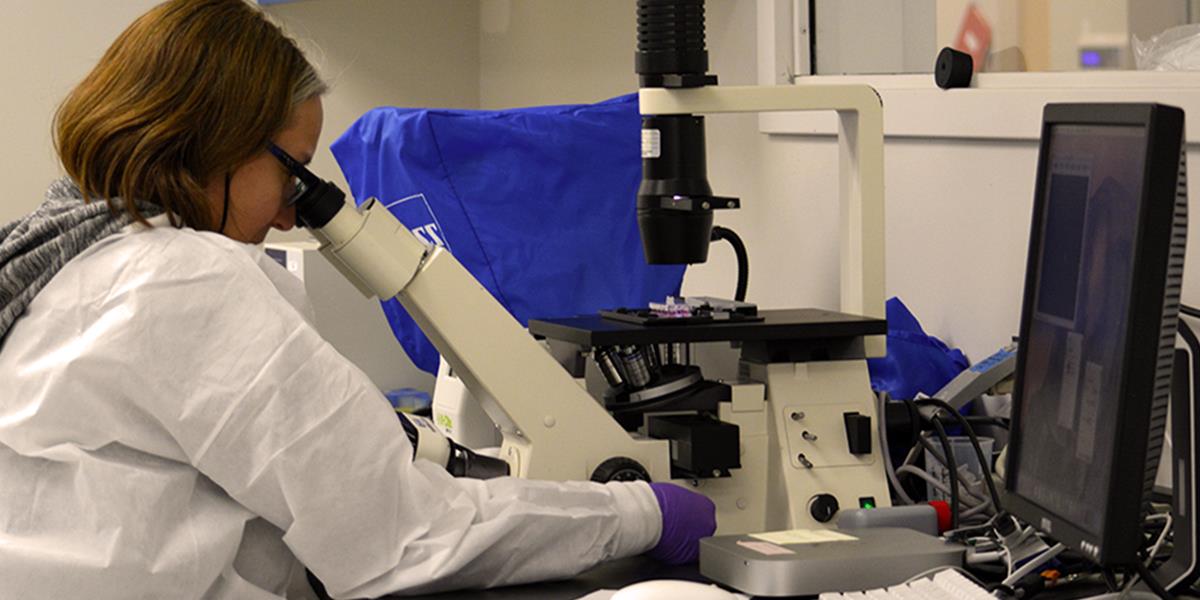
Want to get stories like this straight to your inbox? Subscribe here.
Amyotrophic Lateral Sclerosis (ALS) is a progressive neurodegenerative disease that attacks motor neurons in the brain and spinal cord, leading to the wasting away of muscle and loss of movement. Disease onset often occurs in one of two distinct ways: Limb Onset ALS or Bulbar Onset ALS. While disease onset is usually focal (symptoms start in one specific site – either limb or bulbar), multifocal (symptoms start in multiple sites) onset is possible and can occur in both limbs and bulbar regions simultaneously.
ALS is defined as Limb Onset when the symptoms initially appear in the limbs of the body, either the arms or legs. Limb Onset ALS accounts for the majority of all cases of ALS.
According to two independent studies, approximately three-quarters of all ALS cases with a focal onset (onset of the disease in one specific site) are reported as limb onset. Walhout et al. (2017) found that 74% of focal ALS cases were limb onset and Williams et al. (2013) reported that 71% of focal ALS cases were limb onset.
Symptoms vary from person to person but typical initial symptoms of Limb Onset ALS include muscle cramps or stiffness, muscle twitching (fasciculation), muscle loss (atrophy), weakness in the hands, legs, feet or ankles, and loss of grip strength.
Early signs that you may have one or more of these symptoms include loss of balance or problems with walking such as tripping or stumbling, as well as difficulty performing routine tasks such as buttoning a shirt or writing with a pen.
ALS is classified as Bulbar Onset when the symptoms first occur in the face or neck. Although progression is variable by case, Bulbar Onset ALS tends to have a faster progression than Limb Onset cases.
Early symptoms include slurred speech, difficulty chewing and swallowing, excessive choking and weakness or twitching in the muscles of the face, jaw, throat and voice box, particularly the tongue.
Signs that these symptoms may be occurring include difficulty forming words, poor articulation and changes in voice or speech patterns, including a harsh, hoarse or strained voice, and decrease in range or loudness of voice.
What to Do Next?
Article References:
Renée Walhout, Esther Verstraete, Martijn P. van den Heuvel, Jan H. Veldink & Leonard H. van den Berg (2018) Patterns of symptom development in patients with motor neuron disease, Amyotrophic Lateral Sclerosis and Frontotemporal Degeneration, 19:1-2, 21-28, DOI: 10.1080/21678421.2017.1386688
Williams, J.R., Fitzhenry, D., Grant, L. et al. Diagnosis pathway for patients with amyotrophic lateral sclerosis: retrospective analysis of the US Medicare longitudinal claims database. BMC Neurol 13, 160 (2013) doi:10.1186/1471-2377-13-160